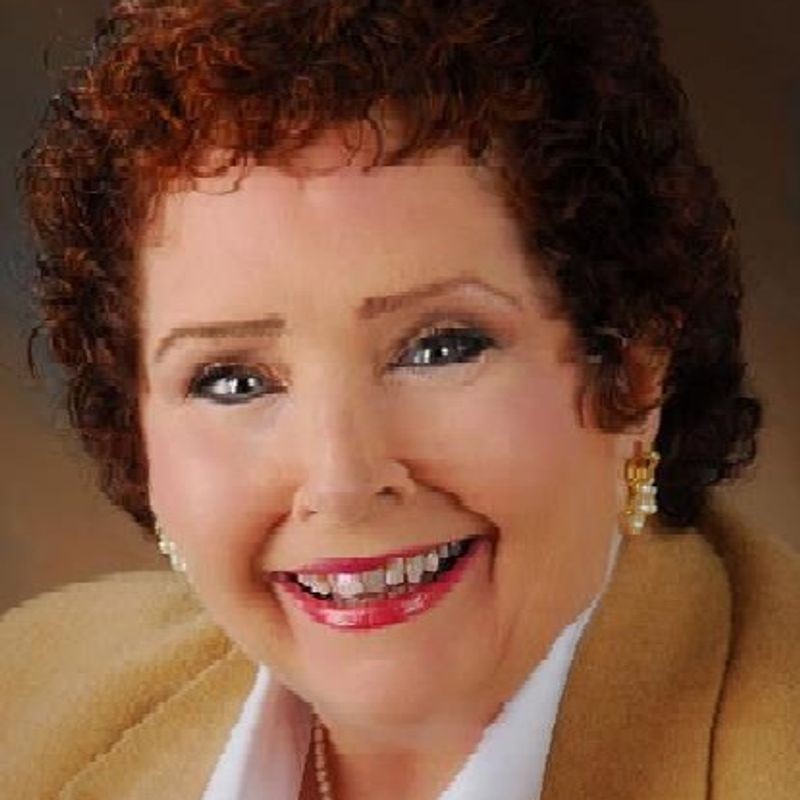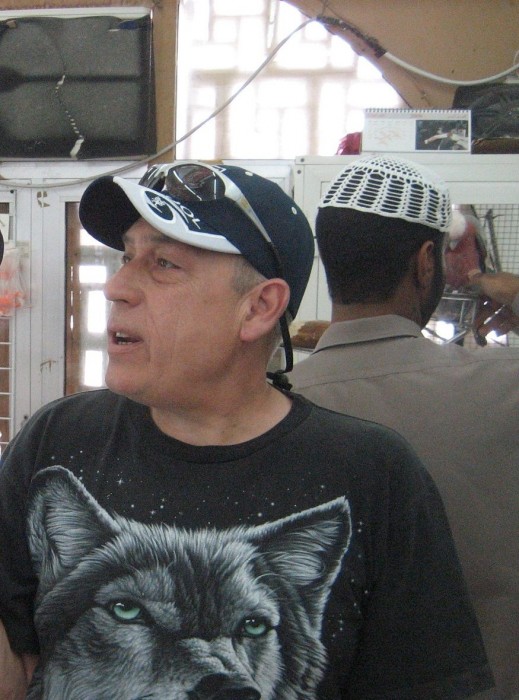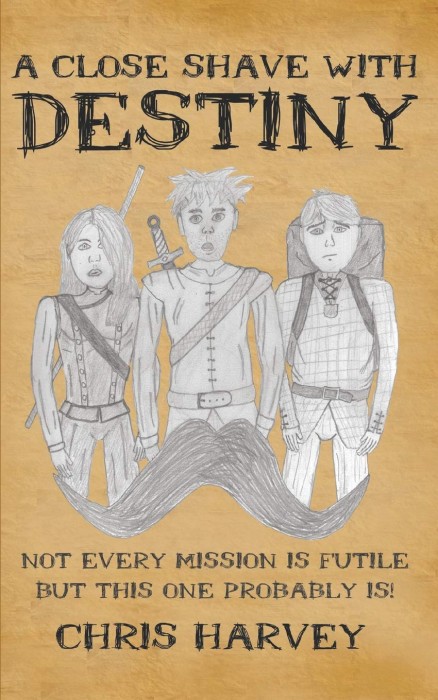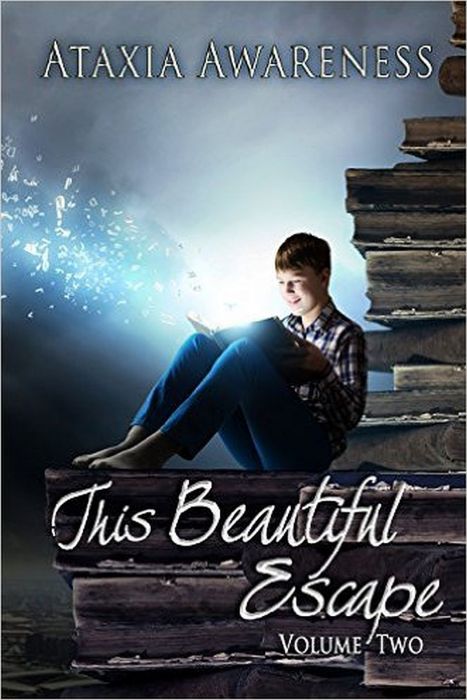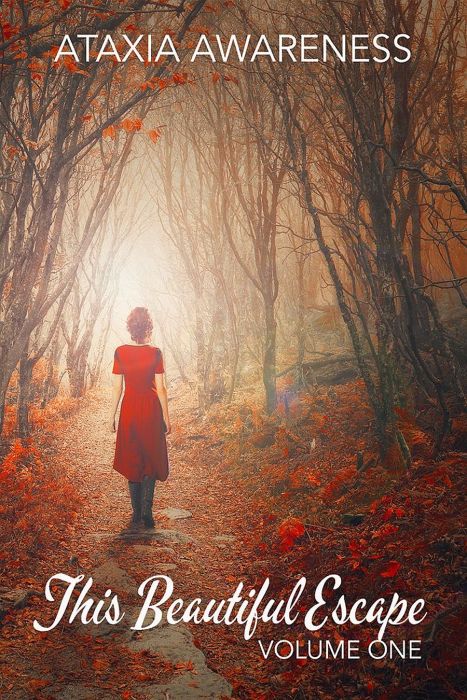PHP Deprecated: Creation of dynamic property Joomla\Registry\Registry::$default is deprecated in /home/authorsinfo/public_html/libraries/vendor/joomla/registry/src/Registry.php on line 937
PHP Deprecated: Creation of dynamic property plgContentLayerslideshow::$context is deprecated in /home/authorsinfo/public_html/plugins/content/layerslideshow/layerslideshow.php on line 38
PHP Deprecated: Creation of dynamic property SocialPoints::$string is deprecated in /home/authorsinfo/public_html/administrator/components/com_easysocial/includes/dependencies.php on line 123
PHP Deprecated: Creation of dynamic property SocialBadges::$string is deprecated in /home/authorsinfo/public_html/administrator/components/com_easysocial/includes/dependencies.php on line 123
The Pied Piper Of Woodstock

The author of this book has written his memories to the best of his recollection from birth until the present-including the events relating to Woodstock 1969
A Review
The Pied Piper of Woodstock
Friday, October 30, 2009
Most people have never heard of Artie Kornfeld. But without a doubt, they’ve experienced the impact he’s had on music in one way or another. They’ve heard songs that he wrote played on the radio, listened to bands that he’s produced or promoted, and certainly know of his most memorable creation — Woodstock.
Artie Kornfeld’s new book, “The Pied Piper of Woodstock”, is a detailed account of how he created the greatest concert of all time. But rather than a mere recollection of events, Kornfeld delves deeper into the circumstances that led to Woodstock’s conception — both in his own life and in America during the 1960s.
From his meteoric rise up the music industry ladder to his personal battle with drug addiction, Kornfeld’s story is as personal as it is educational.
“I always felt like I was part of the crowd,” Kornfeld said in an exclusive phone interview with the News.
A “War Baby” himself, Kornfeld’s ability to relate to his generation made promoting Woodstock feel like throwing a party for his friends.
At the age of 24, Kornfeld became Capitol Records first-ever Vice President of Rock and Roll. With his finger on the pulse of America’s music culture, he identified with his generation’s disillusionment over the Vietnam War and sought a way to express the message of peace in the best way he knew how — through music.
“I love music and how it can break through the political barriers,” Kornfeld said.
However, his original idea was far from what we now know as Woodstock ’69. He initially envisioned a free party for a small group of friends. But soon after meeting with investment bankers John Roberts and Joel Rosenman, the dream grew a little bit larger in scale.
The “free party” evolved into a three-day mega-concert featuring some of the most famous artists of all time, and the “small group of friends” turned out to be nearly half a million people. Among those who played at Woodstock ’69 were The Who, Jimi Hendrix, The Grateful Dead and Janis Joplin. Those who attended would be forever known as the “Woodstock Nation.”
Perhaps the only unchanged part of Kornfeld’s original idea was that the concert did in fact turn out to be free for the more than 300,000 people who did not preorder tickets. Unfortunately, this lack of ticket revenue plunged Woodstock Ventures — the company Kornfeld formed with Roberts, Rosenman and friend Michael Lang — well over a million dollars into debt. Kornfeld planned ahead by negotiating a deal with Warner Brothers films to document the event for a wide release. But under immediate economic pressure to break even, Kornfeld and Lang were forced to sell their stakes in the company to Roberts and Rosenman, according to Kornfeld.
After having negotiated both the movie contract and the record deal for Woodstock, it was difficult for Kornfeld to let go. The movie went on to win an Academy Award for Best Documentary in 1970, while the album overtook the Beatles’ “Let It Be” and spent nearly a month atop the Billboard charts. Kornfeld saw none of the profits, as Roberts and Rosenman sold their film and recording rights to Warner Brothers to recoup their debt.
But Kornfeld was content knowing that his dream had become a reality or — as Time magazine called it — “The greatest peaceful event in history.”
For Artie Kornfeld, it was never about the money.
“I’ve been giving free concerts way before Woodstock. I sent them out free and I loved it,” Kornfeld said.
Since the original concert took place in 1969, his former partners at Woodstock Ventures have attempted to recreate Woodstock on two occasions — in 1994 and 1999. Though the re-conceptions also drew big-name acts, Kornfeld believes the Woodstock Nation lost their way.
“How could you have major corporations sponsor Woodstock? That’s everything Woodstock was against. The way they booked the acts and everything just wasn’t the way we did it,” Kornfeld said.
In Kornfeld’s book, he talks about how Woodstocks Two and Three “bastardized” the message of Woodstock ’69. Rather than trying to effect positive change through music, Kornfeld believes the two recreations were focused more on generating profits.
The purpose of Woodstock ’69 was not to make money, but rather to bring about peace and love through music. Kornfeld went to great lengths to ensure that the original Woodstock achieved that goal. In contrast, Woodstock ’99 is mainly remembered not for its profession of peace but rather for its outbreaks of violence, rioting, fire and reports of rape.
Despite the horrific outcome of Woodstock ’99, Kornfeld believes that there can, in fact, be another gathering similar to the original Woodstock. He’s currently working on peace concerts in South Africa, Canada and Dubai.
Though the music industry has evolved, Kornfeld’s motivation remains the same, “We need to give the younger ones growing up an example of what we really stand for.”
When you subscribe to the blog, we will send you an e-mail when there are new updates on the site so you wouldn't miss them.
PHP Deprecated: Creation of dynamic property EasyBlogPost::$isImage is deprecated in /home/authorsinfo/public_html/administrator/components/com_easyblog/includes/themes/helpers/post/entry.php on line 415
PHP Deprecated: Creation of dynamic property EasyBlogPost::$isImage is deprecated in /home/authorsinfo/public_html/administrator/components/com_easyblog/includes/themes/helpers/post/entry.php on line 415
PHP Deprecated: Creation of dynamic property EasyBlogPost::$isImage is deprecated in /home/authorsinfo/public_html/administrator/components/com_easyblog/includes/themes/helpers/post/entry.php on line 415
PHP Deprecated: Creation of dynamic property EasyBlogPost::$isImage is deprecated in /home/authorsinfo/public_html/administrator/components/com_easyblog/includes/themes/helpers/post/entry.php on line 415
PHP Deprecated: Creation of dynamic property EasyBlogPost::$isImage is deprecated in /home/authorsinfo/public_html/administrator/components/com_easyblog/includes/themes/helpers/post/entry.php on line 415
PHP Deprecated: Creation of dynamic property EasyBlogPost::$isImage is deprecated in /home/authorsinfo/public_html/administrator/components/com_easyblog/includes/themes/helpers/post/entry.php on line 415


